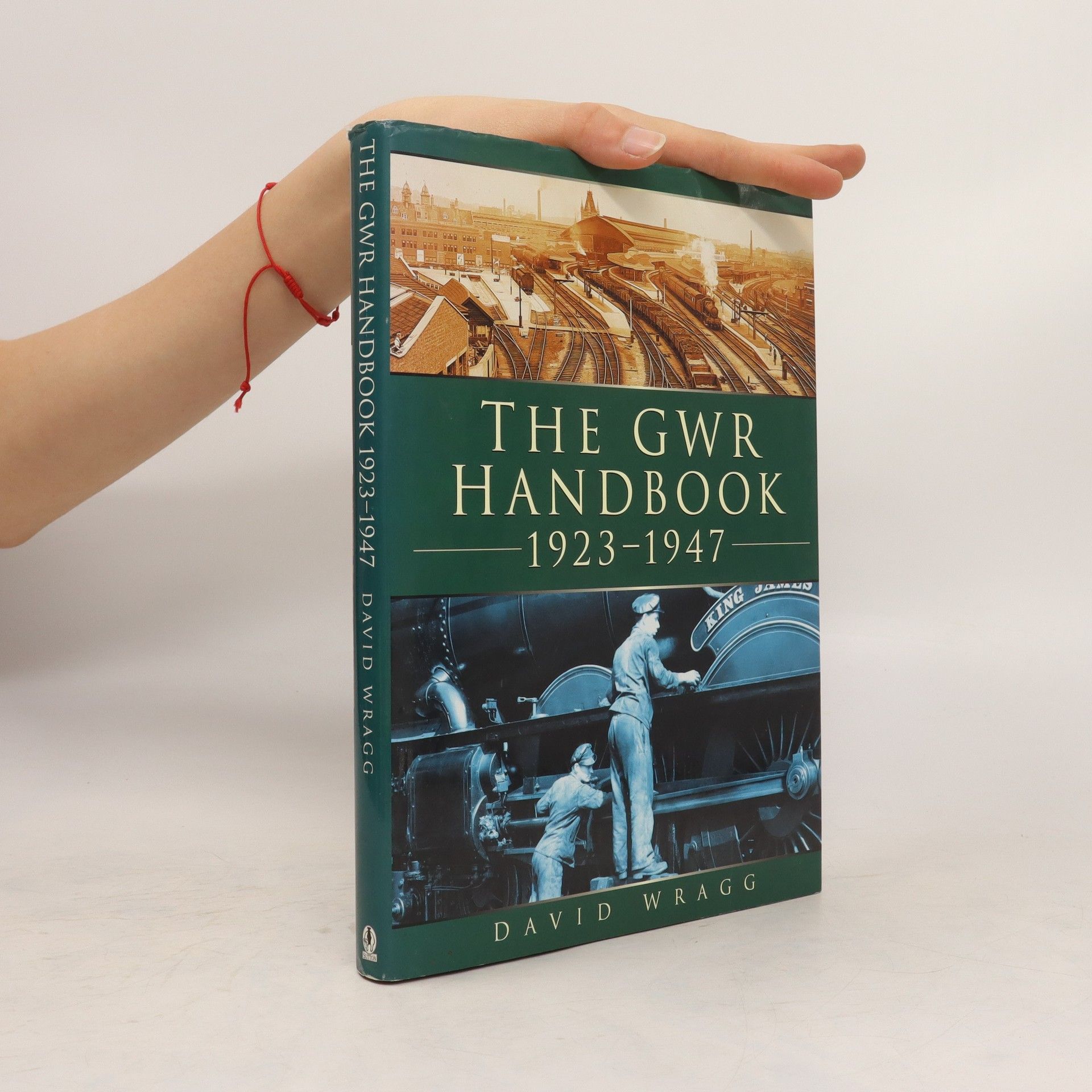Forming part of a series, along with The GWR Handbook, The LMS Handbook and The Southern Railway Handbook, this new edition provides an authoritative and highly detailed reference of information about the LNER.
De Big Four Handboeken Reeks
Deze serie biedt uitgebreide gidsen voor wie zich wil verdiepen in de wereld van moderne technologie en digitale kunst. Elk deel richt zich op belangrijke aspecten van softwareontwikkeling, design en creativiteit. Ze dienen als onschatbare bronnen voor zowel beginners als gevorderden die praktische kennis en inspiratie zoeken.





Aanbevolen leesvolgorde
The GWR Handbook 1923-1947
- 236bladzijden
- 9 uur lezen
This book looks at the history and achievements of one of the greatest railway companies. The author includes photographs and diagrams illustrating the GWR's equipment, some railway stations, its network, shipping and air services, bus operations, including Western National. It also lists locomotives and includes some comparative timetables showing progress between 1923 and 1938.
The Southern Handbook
- 256bladzijden
- 9 uur lezen
The Southern Railway may not have been the most glamorous of the 'Big Four' companies that emerged from the grouping of 1923, but it was the great innovator.
The GWR Handbook
- 248bladzijden
- 9 uur lezen
For many the GWR was synonymous with holidays by the sea in the West Country, but it was built to serve as a fast railway line to London, especially for the merchants and financiers of Bristol.
The London Midland & Scottish Railway was the largest of the Big Four railway companies to emerge from the 1923 grouping. Mainly a freight railway, it still boasted the best carriages, and the work of chief engineer Sir William Stanier influenced the first locomotive and carriage designs for the nationalised British railways.